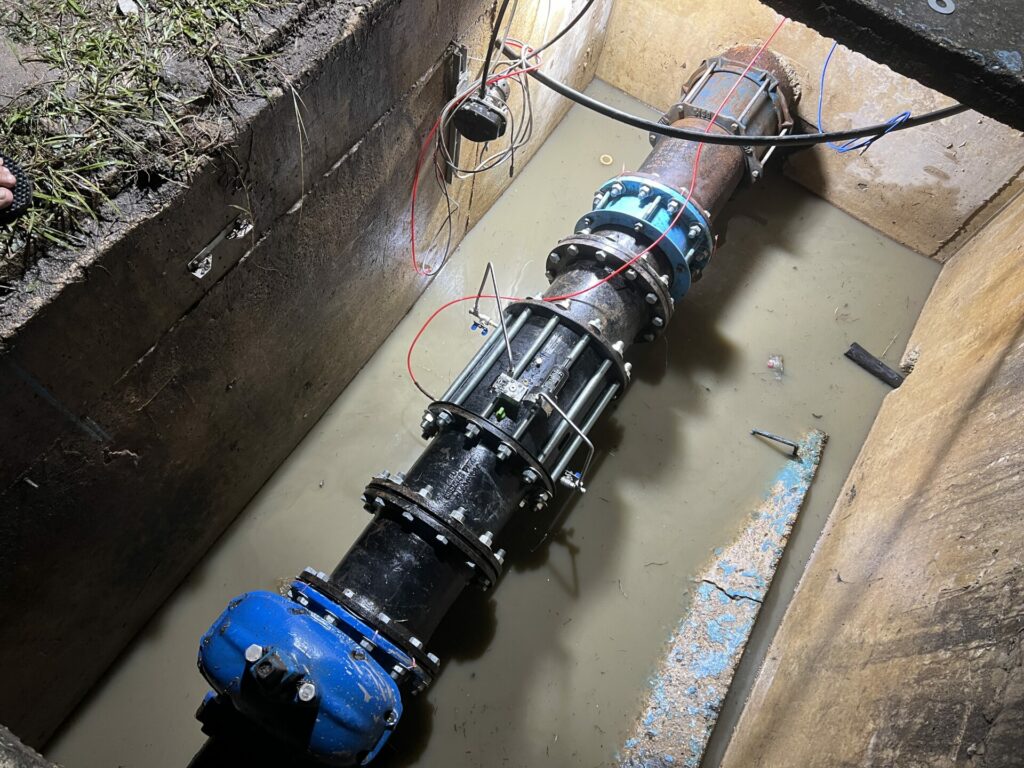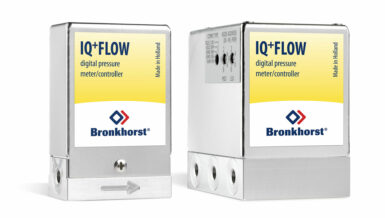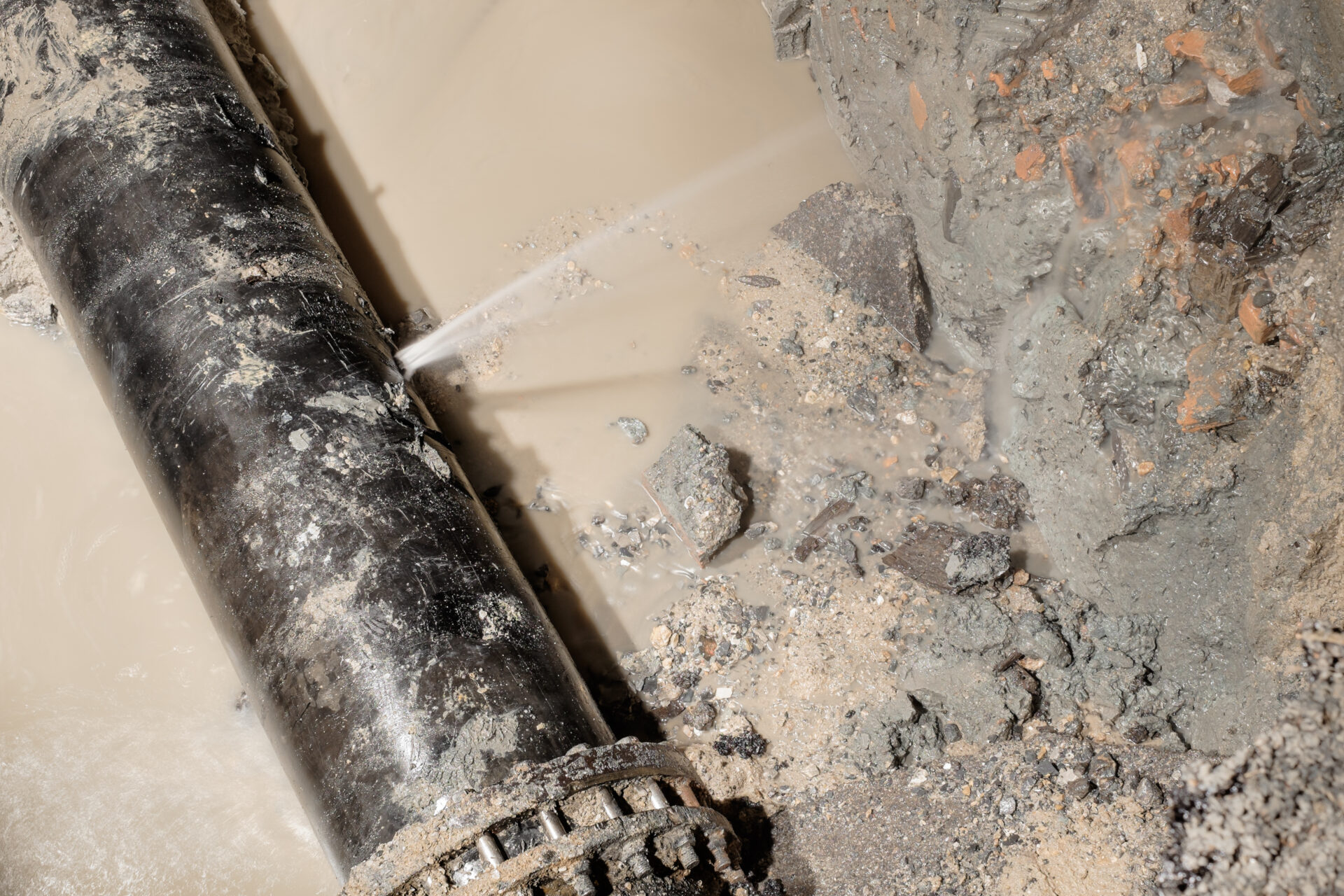Currently, global water losses amount to 77 liters per capita every day. There are many contributing factors to be considered, including natural events, theft, or aging infrastructure. But as it turns out, one of the most important factors is pressure management. Particularly in ever-expanding urban centers, water networks tend to be over-pressurized as they struggle to meet demand. Studies have shown that a pressure reduction of 25% can reduce the risk of leakages by 75%. In order to prepare for a future where both water demand and water scarcity are likely to rise, utilities therefore require fast, effective, and long-lasting solutions for pressure management. This is where pressure regulating valves (PRVs) come in.
PRVs are designed with a clear objective in mind: Using precise pressure management to create a balance in water networks. Beyond that, however, valves can vary greatly in their materials and construction. Traditionally, they are commonly made of metal which is susceptible to corrosion. Coupled with an often complex construction, this can lead to short maintenance intervals and result in high operating costs. Utilities can avoid these shortcomings by selecting modern PRVs that feature more durable materials and a simplified design.
NeoFlow by GF Piping Systems, which was co-developed by OFUI, is a PRV designed to prevent over-pressurized pipes by ensuring an accurate and stable flow, as well as increased flow capacity. It features a corrosion-free polymer body and is up to nine times lighter and five times more compact than traditional metal valves. In addition, its axial flow design does not require an actuator stem or diaphragm and ensures a stable flow from 0% to 100% opening, even at a small or high operating differential. Crucially, the valve is also less prone to cavitation damage. The combination of corrosion-free materials and reduced mechanical complexity result in significantly longer maintenance intervals compared to metal alternatives.
A complete network overhaul in Australia
Mer Island in the Torres Strait at the very northern end of the Great Barrier Reef is home to 500 people. Previously, the community only had access to water for 3 – 6 hours a day as the highly volatile network could not meet demand and was difficult to operate and maintain. As a result, losses were significant, and a proactive approach to preventing water loss was urgently required in order to scale up supply while meeting local logistical challenges.

NeoFlow Pressure Regulating Valves were chosen to equip new pressure supply zones and could be installed by local operations teams following online training. The two new pressure supply zones formed a basis for advanced pressure controllers. Once the system was up and running, the network could immediately operate at the calibrated target pressure, with volatility a thing of the past. Within the next four to six weeks, levels at the rain-water catchment and water storage lagoons reached nearly 100%. Expensive and energy-hungry portable desalination units could be switched off. The community of Mer Island now has access to round-the-clock water for the first time in 20 years.
Ensuring consistent water pressure in Malaysia
Sibu is a landlocked city in the central region of Sarawak, Malaysia, with a population of around 160.000 people. In the past, Sibu’s water board relied on a metal PRV in the dimension DN250 combined with a controller to manage the pressure in one of their district metering areas (DMA). Here, the PRV was meant to reduce the upstream pressure of 6 bar to a downstream pressure of 1.6 bar. However, the metal valve was not capable of reliably responding to the controller which resulted in a downstream pressure of merely 2 bar and an oscillating valve disc.
After gathering data from the customer, GF Piping Systems recommended installing NeoFlow in the dimension DN300. Thanks to its axial flow construction, NeoFlow could deliver 1.6 bar efficiently and consistently while regulating pressure with a minimum opening of 6% during periods of low flow rates, negating the need for a controller.































